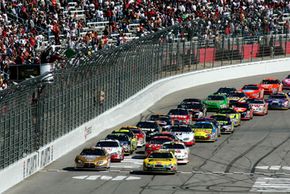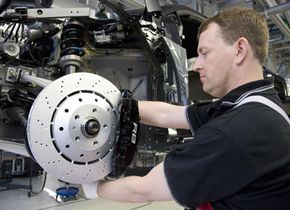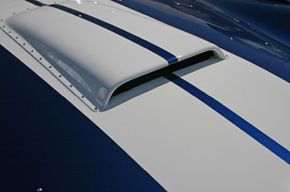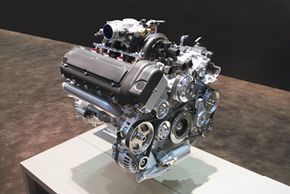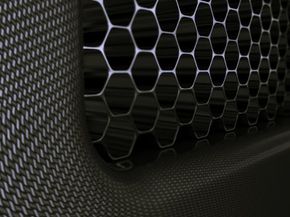Most drivers in the United States use automatic transmissions, which makes cruising around town worlds apart from a hard-shifting lap on a Formula One track. But, the purpose of a transmission in a race car and a road car are the same: it translates the engine's power to the car's wheels. While an automatic transmission shifts gears with no input from the driver (other than the initial selection of Drive), a manual transmission lets the driver control the flow of power from the engine to the wheels. Race car drivers want the control of a manual transmission, but the manual process can be too slow and prone to human error.
Enter Direct-Shift Gearboxes (DSG) and clutchless manual transmissions. Both of these types of gearboxes are racing technology that allows drivers to shift gears quickly and make sure that they shift into the correct gear.
DSGs actually work like two transmissions: one dials in the odd numbered gears and one dials in the even numbered gears. Because there are two transmissions, the next needed gear is always "on deck" which makes the DSG faster than a manual transmission. DSGs also don't use a clutch pedal, which makes them faster than a conventional manual, and less prone to driver error. DSGs are a fun addition to road cars (right now they are mainly seen on sporty Audi and Volkswagen models) because they allow drivers the fun of a manual without the hassle of a clutch pedal.
Similarly, clutchless manuals, or automatic transmissions with a manual mode take the idea of engine control without a clutch pedal and sequential shifting and put it into production cars. These systems are becoming more common on passenger cars with automatic transmissions; however, they're not as fast-shifting as DSGs. Basically, they're automatic transmissions that allow the driver to select when the car changes gears, but the driver doesn't have to use a clutch pedal. Similar to racing transmissions, these systems allow drivers to shift only in sequence. On a manual transmission, the driver can shift gears out of order -- going from first to third -- either intentionally or by mistake. Doing it by mistake can spell disaster in a race, so race cars have Sequential Manual Transmissions (SMTs). SMTs only shift in order: from first, to second, to third, and so on. Automatic transmissions with manual modes do the same thing -- they put the control of the engine in the hands of the driver while minimizing error.
Running late? Read on to see how car makers have taken racing technology that's meant to shave seconds off of lap times and used it to help you shave time off your trip to the grocery store.
